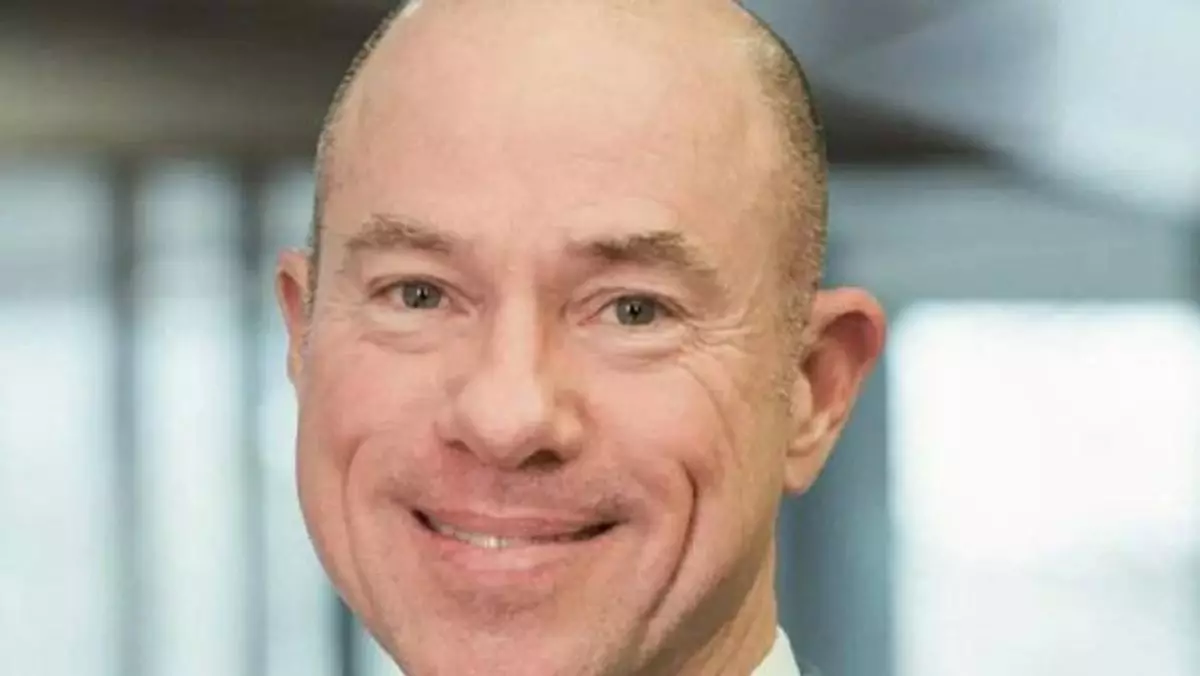The recent confirmation of Bryan Bedford as the new administrator of the Federal Aviation Administration (FAA) marks a significant shift in U.S. aviation policy, igniting passionate debates across political lines. While victorious in the Senate with party-line support—53 Republicans in favor and 43 Democrats opposed—the decision exemplifies the ideological divide over how the U.S. should prepare its future airline pilots. Bedford’s appointment is not merely a personnel change; it signifies a broader ideological clash about aviation safety standards, training reforms, and the future of commercial flying safety.
Bedford’s extensive background running Republic Airways, a major regional carrier, played a pivotal role in his confirmation. His tenure was marked by leadership of a firm that operates under the American Eagle, Delta Connection, and United Express brands, making him a significant voice in regional aviation. Notably, Bedford pioneered Lift, an innovative pilot training initiative aimed at reforming traditional flight training standards—particularly concerning the controversial 1,500-hour rule implemented in 2013. During his hearing, Bedford’s support for alternative pathways to pilot certification drew both praise and criticism, highlighting the ongoing debate about whether current training requirements adequately prepare pilots for the complexities of modern flight.
The Clash Over the 1,500-Hour Pilot Training Threshold
The crux of the controversy centers on the 1,500-hour rule, a regulation crafted to increase pilot expertise by requiring a substantial amount of flight experience before assuming airline responsibilities. Advocates argue this standard has significantly improved aviation safety, an assertion they support with data pointing to reduced accidents and safer flights. Critics, however, contend the rule undermines potential by blocking alternative, potentially more relevant or efficient training pathways. They argue that accumulating hours through repetitive, small aircraft operations doesn’t necessarily translate into superior airline cockpit competence.
Bedford’s advocacy for reforms—specifically his work to allow Lift graduates to qualify as co-pilots after just 750 hours—has become a lightning rod in this debate. The strategy aims to bridge the gap between rigorous safety standards and the urgent need for more pilots amid a nationwide pilot shortage. Nevertheless, Democratic opponents, led by Maria Cantwell, voiced concern over Bedford’s unwillingness to commit to not weakening the existing 1,500-hour rule. Their objections reflect a larger fear: that relaxing training standards under the guise of innovation might compromise the safety gains achieved over the past decade.
The Broader Implications for Aviation Safety and Policy
Bedford’s confirmation symbolizes a potentially transformative moment for U.S. aviation policy. His support for alternative pilot training standards highlights an ideological shift toward valuing flexibility and innovation over traditional safety benchmarks. This perspective could lead to significant changes in how pilots are trained and certified, especially as airlines grapple with staffing shortages and increasing passenger demand.
However, skeptics rightly question whether this push for reform is driven by safety concerns or industry pressures to lower certification barriers. The aviation industry is inherently risk-averse—an essential trait considering the potential consequences of failures at altitude. Bedford’s track record in the private sector suggests he favors agility and efficiency, qualities that are vital but must be balanced against the uncompromising standards of safety. His appointment raises essential questions: Will new policies under his leadership tilt the balance toward innovation at the possible expense of safety? Or will they reinforce a more adaptable, modern approach that still prioritizes passenger protection?
This leadership change underscores the ongoing struggle to reconcile traditional safety standards with the operational realities faced by contemporary airlines. While Bedford champions reform, the opposition underscores the importance of safeguarding the hard-won progress in aviation safety. As the FAA chart’s its future course, it will be critical to observe whether a middle ground can be established—one that embraces innovation without risking the safety legacy that has defined American aviation for decades.

